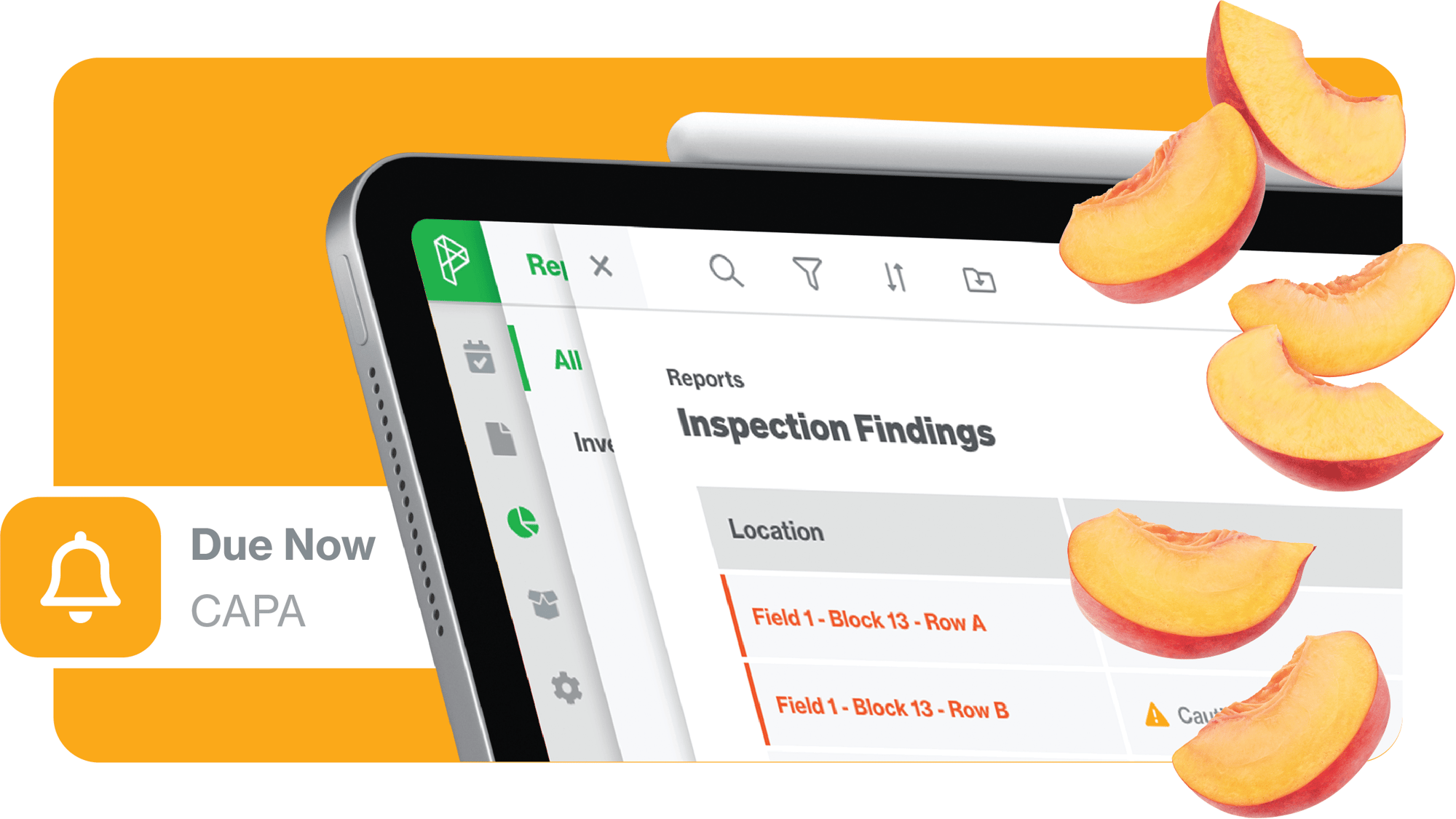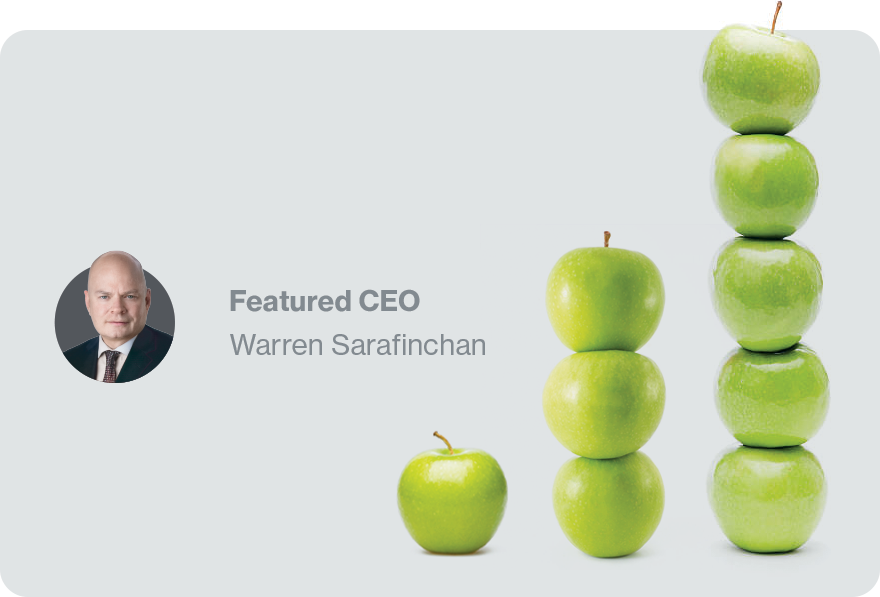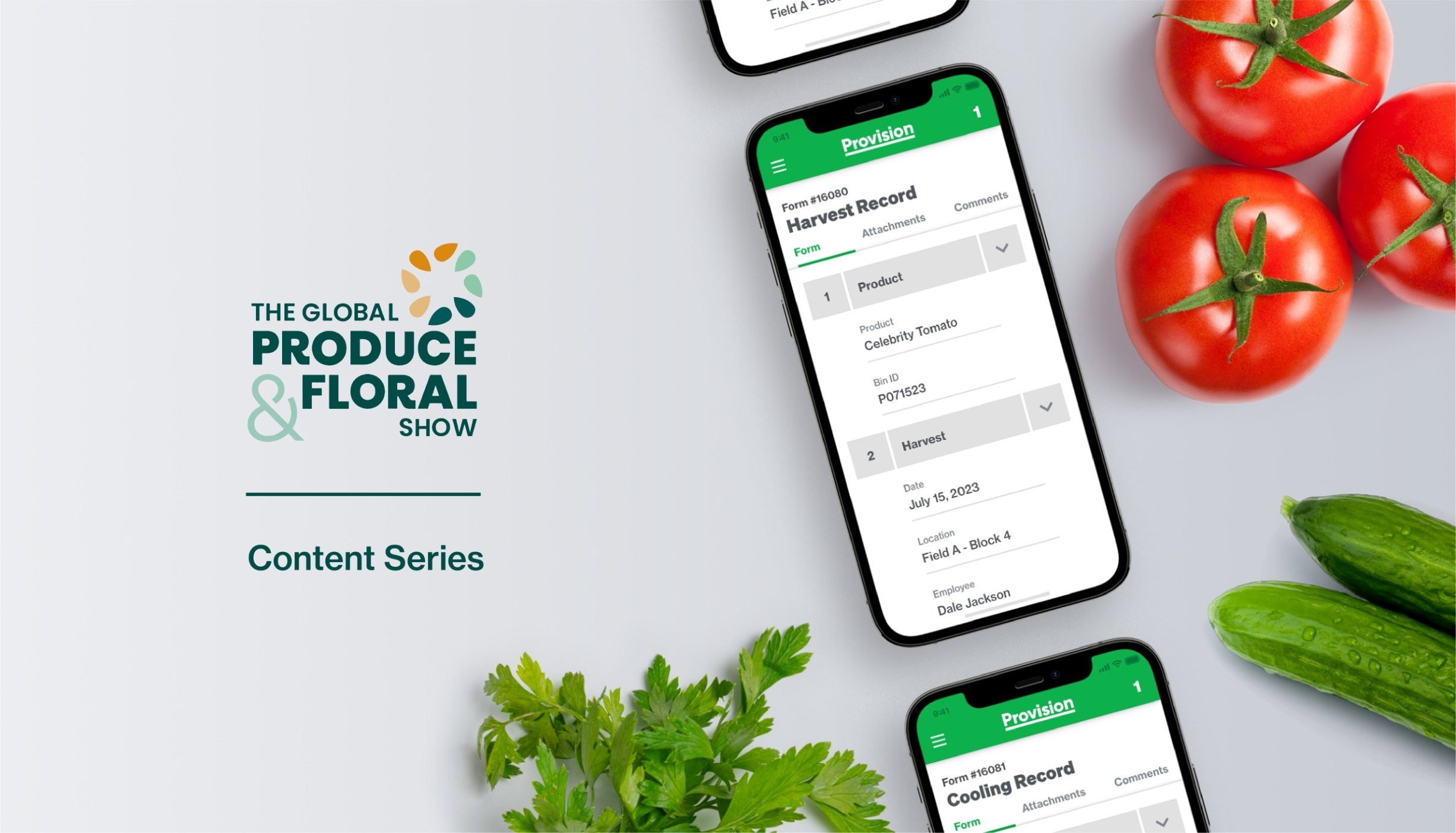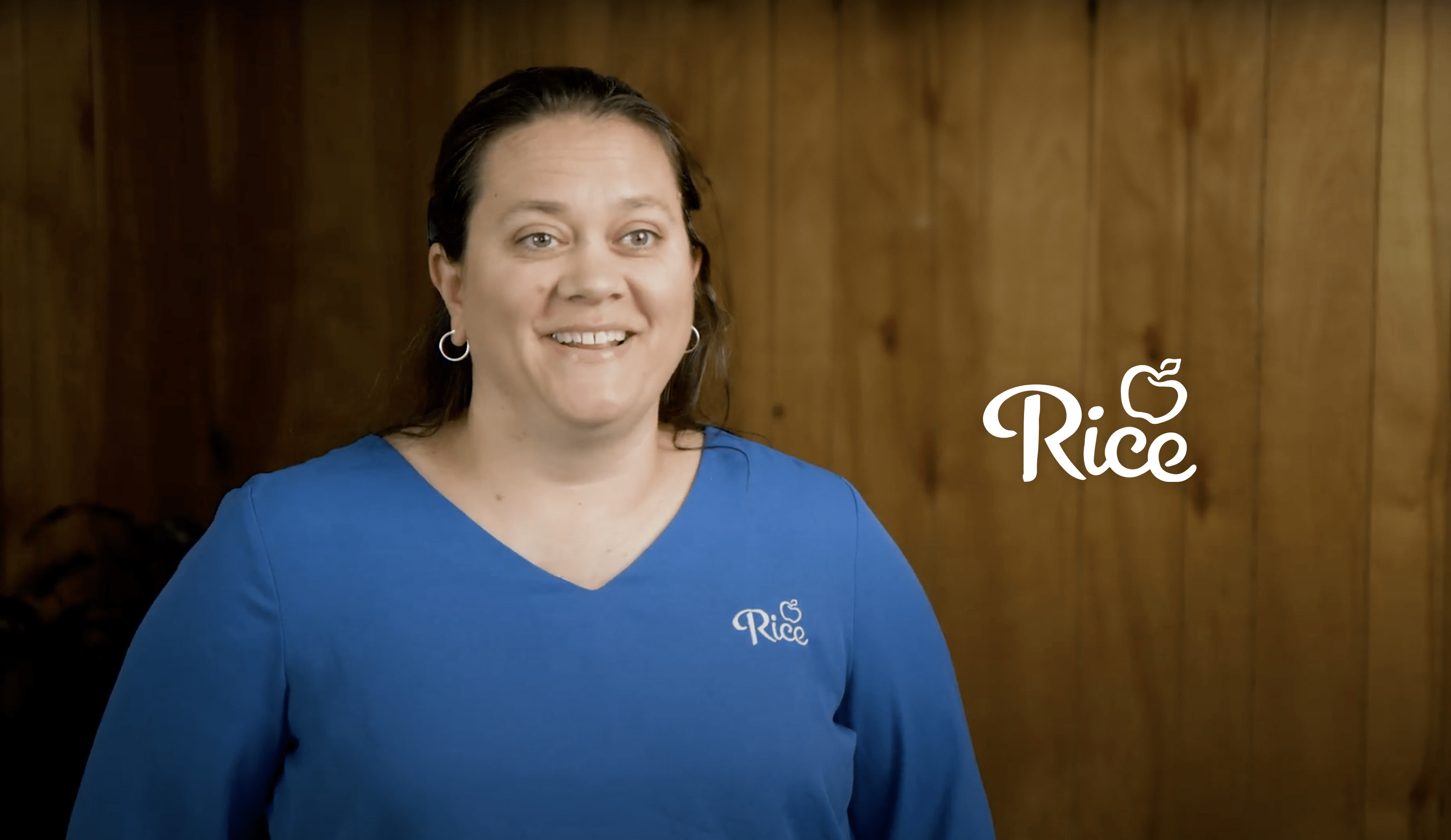As recorded live from the LATAM Summit in April 2024.
-
 Frank YiannasFormer Deputy Commissioner, FDA
Frank YiannasFormer Deputy Commissioner, FDA -
 Erik WestblomCEO, Provision Analytics
Erik WestblomCEO, Provision Analytics
Food safety is an ongoing journey—there's no definitive endpoint in this vital industry. While the 20th century brought remarkable advancements that have made our food safer than ever, we now face a new set of challenges that demand our attention.
In response to these evolving issues, practical, usable technologies are emerging that hold great promise for tackling both familiar and novel food safety concerns. By harnessing these advancements, we can enhance our approach to safeguarding our food supply in increasingly effective ways.
Crucial in this change is the democratization of data. Food production and consumption are interconnected within a complex ecosystem, and food safety strategies must reflect that reality. Relying solely on annual binder reviews to identify risks is insufficient; real-time insights and alerts provide a more proactive approach, while predictive trends offer the most robust control. By connecting data not only within individual operations but also across the entire supply chain, the industry can create truly effective food safety measures that safeguard public health.
But this new era of smarter food safety is more than a mere tech craze. Universal access to software and hardware is redefining how organizations think about safety, empowering staff at all levels to tackle challenges more effectively. This innovation is transforming the human approach to food safety, fostering a culture of proactive engagement and continuous improvement.

Avoiding the Hype: Practical Use of Technology
In today's tech landscape, buzzwords and hype storms are all too common. From blockchain and non-fungible tokens to artificial intelligence and machine learning, it's easy to get lost in the clamor over something being the newest, shiniest thing on the scene. While certain innovations will undoubtedly shape our future, tech shouldn't be used simply for tech's sake. We must consider the simplicity of adoption for operators, while matching new functionality to specific challenges in management systems.
There are two current standouts in food safety tech according to the panel that are worth watching:
-
Predictive AnalyticsReviewing paper records by hand is often tedious, slow, and prone to errors. However, with enhanced reporting capabilities for food safety records, the industry is transitioning from a reactive approach to a proactive one. This shift enables the implementation of controls before outbreaks occur, prioritizing prevention over response.
-
Artificial IntelligenceImplemented in a food safety program, AI can help to generate policies benchmarked to best practices, or summarize findings and trends from dense volumes of records.
To unlock new efficiency and insight in food safety, most companies must firstly address the binders and unstructured spreadsheets remaining in their operations.
-
Prioritize Usability, Not FeaturesFancy bells and whistles are useless if your operators are intimidated or annoyed by the application.
-
Implement in StagesBy digitizing records one department or procedure at a time, food safety leaders can ensure operators are well-supported, maximizing adoption.
As more food companies complete their digitization, data sharing will enable greater context in food safety. This will not only take the cooperation of companies in every sector and commodity, but new standardization in data formats. New partnerships have recently begun to demonstrate the potential of networked information.
From FSMA to the Future
As FSMA 204 enforcement approaches in just a few short years, the future of food safety is drawing significant attention. If your operation can now trace products from origin to destination, it’s crucial to consider whether you have the contextual insights necessary for root cause analysis at each stage of the supply chain. Understanding not only the "what" but also the "why" behind potential issues will be key to enhancing food safety and compliance. Are you equipped to dive deeper into the factors influencing your supply chain?







